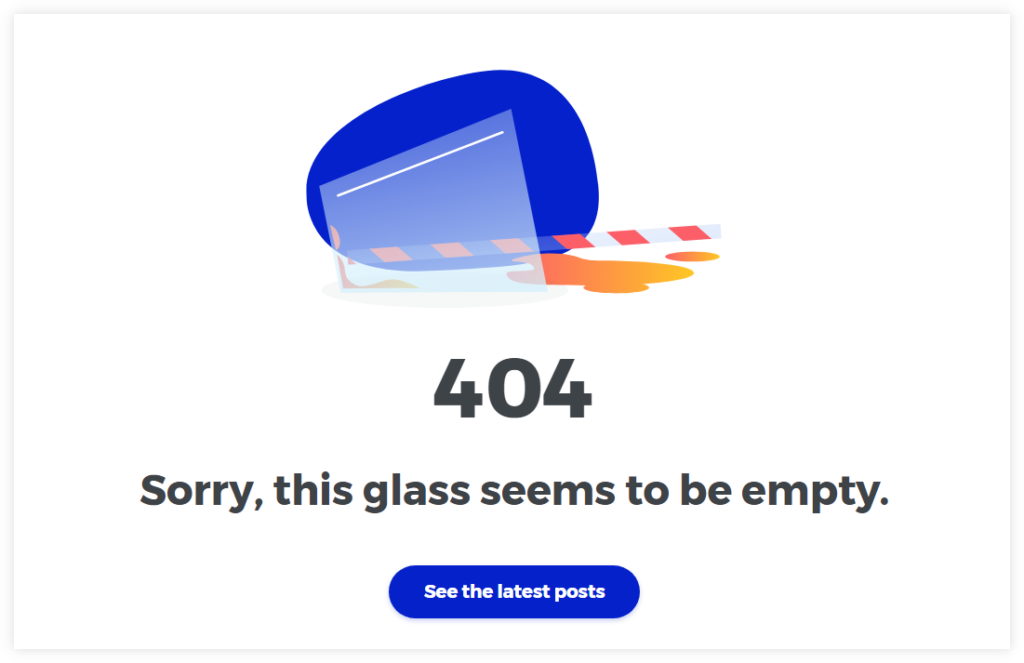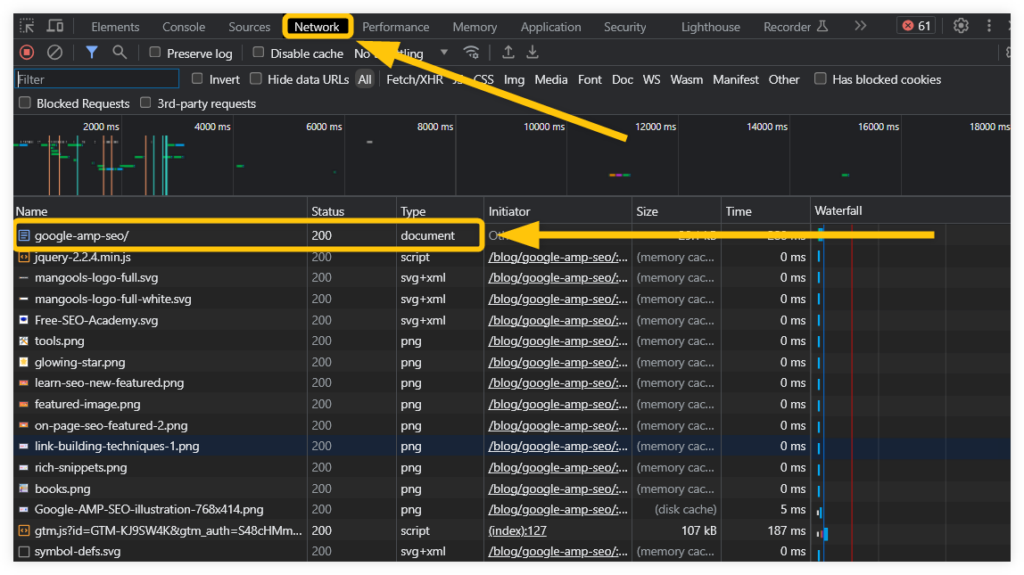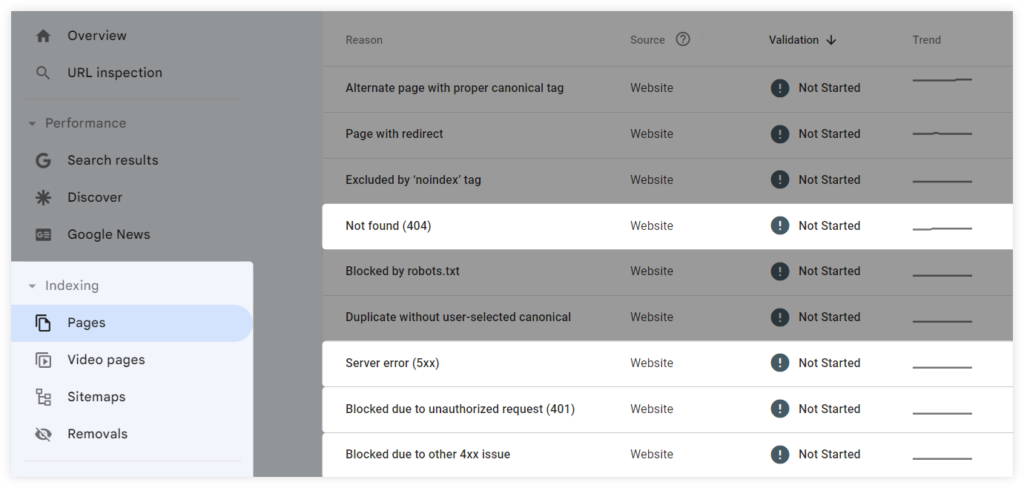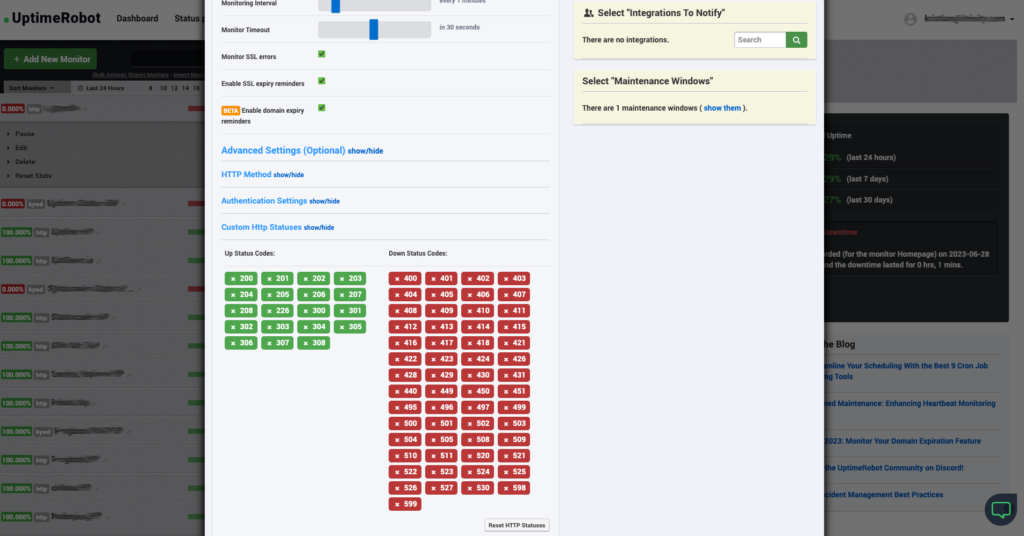
HTTP Status Codes: How do they impact SEO?
HTTP status codes play an essential function in the performance and efficiency of sites, however their effect extends beyond technical matters. When it concerns SEO, comprehending HTTP status codes ends up being important.
These status codes are essential for online search engine considering that they can affect how Google will crawl and index your pages successfully.
In this short article, we will have a look at:
- What HTTP status codes are (and how they work) .
- How specific status codes can affect your SEO efforts.
- How to inspect (and repair) HTTP status codes on your site.
What is an HTTP status code?
An HTTP status code is a server action to a demand from a user’s internet browser. It is basically the language utilized for sending information over the web.
In basic words, HTTP codes are little messages that servers send out to show how they have actually managed a site demand.
Think of it as the digital variation of walkie-talkie interaction — when your internet browser makes a demand (” I requirement access to this webpage“), the server reacts with status codes like “access granted” (2xx– effective action) or “redirecting you to another location” (3xx– reroute action).
Here prevail classifications of HTTP status codes in bite-sized pieces:
- 1 xx– Informative actions: The demand has actually been gotten, and it’s presently being processed.
- 2xx– Effective actions: The demand was effectively gotten, comprehended, and accepted.
- 3xx– Reroute actions: The customer (you and your internet browser) should take extra action to finish the demand (frequently in the kind of redirection).
- 4 xx– Customer mistake actions: The demand consists of bad syntax or can not be satisfied (e.g. when the user is asking for a URL that does not exist).
- 5xx– Server mistake actions: The server stopped working to meet an obviously legitimate demand.
How HTTP status codes work
We currently developed that HTTP status codes are the action that a server sends out when you make a demand.
But what does that mean, truly?
Every time you key in a URL or click a link, you’re making an HTTP demand. Your internet browser then sends out a signal to the server (” Open this page, please“) and reacts with a status line that consists of the HTTP variation, status code, and a status text.
For example, if the demand goes through and whatever is working, you may get a “HTTP/1.1 200 OK” action.
How do HTTP codes effect SEO?
HTTP status codes assist Google find, comprehend, and rank your web pages— they essentially inform the search engine how it needs to connect with your site.
For example, if Google sees a 200 status code, it understands it can inspect the page with no technical problems; if the outcome is a 404 status, Google understands that the page does not exist (and will disregard it).
A 301 or 302 status code on the other hand informs Google that your page has actually relocated to another location.
Every HTTP status code can in one method or another effect your site’s SEO efficiency.
Let’s take a better take a look at each of the HTTP status actions from the SEO point of view.
2xx– Effective actions
A 200 status resembles a thumbs-up for the online search engine. It suggests Google can go to the page, examine its material, and utilize it as a prospective search results page in SERP.
While 2xx HTTP codes do not ensure indexing, they are a signal that a site is healthy and offered.
Healthy websites add to a great user experience, which is connected with greater search rankings.
To put it simply: 200 status codes make Google pleased– and when Google enjoys, your site wins.
3xx– Reroute responses
A 3xx status codes inform the online search engine that the page has actually been rerouted to a brand-new location— this typically takes place when you, for instance, choose to alter the URL of the websites.
Utilizing 3xx status codes is a basic SEO practice that can assist you keep your website healthy, handle its material and URLs, and enhance the UX.
On an everyday SEO basis, you may be basically utilizing 2 kinds of 3xx status actions:
- 301— This action informs Google that a page has actually completely relocated to a brand-new location, and it needs to upgrade its records.
- 302 — Normally speaking, this action is utilized primarily for a momentary relocation.
4xx– Customer mistake responses
When online search engine see 4xx actions, they understand that the page is not available and normally stop attempting to index it:

Although having a couple of not available pages take place from time to time, it can adversely affect your SEO if a considerable part of your website returns 4xx codes– Google may view your website as badly kept which will impact your rankings adversely.
404 is most likely the most typical kind of 4xx– it basically is available in 2 kinds:
- Hard 404 mistake — The page does not truly exist and for that reason the URL should not be indexed.
- Soft 404 mistake — It can be referred to as a “phony” web server action. A soft 404 mistake provides the page with a 200 OKAY HTTP action code despite the fact that the page does not exist.
5xx– Server mistake responses
Encountering a 5xx status code resembles online search engine striking a brick wall. They show server-side problems avoiding the pages from being shown.
If these mistakes aren’t fixed immediately, they can require online search engine to briefly or perhaps completely deindex your pages, causing a drop in your site’s exposure in search engine result.
5 xx mistakes typically take place when a site goes offline (e.g. due to upkeep or some unanticipated technical issue)– it is among the most crucial problems that can considerably injure your SEO efforts.
Idea: If you want to understand more about the significance of specific HTTP codes, make certain to have a look at this comprehensive article.
How to inspect HTTP status codes?
Being able to inspect HTTP status codes is a necessary ability in handling your site’s SEO efficiency.
After all, you can’t repair mistakes unless you discover them initially!
a) Examine them manually
Yes, you can by hand inspect a few of the HTTP status codes by utilizing your internet browser’s DevTools– though be alerted that this technique is really lengthy and you may wind up missing out on some crucial info along the method.
If you’re up for it, you can merely:
- Open a web browser like Google Chrome and right-click anywhere on a website
- Select “Inspect“, then click the “Network” tab.
When you revitalize the page, you’ll see that you now see a list of network demands.
Click on the very first one (typically the URL of the page), and you can see the HTTP status code under the “Headers” area.

Idea: You can likewise utilize our Mangools SEO extension to rapidly inspect whether a few of your pages have links indicating URLs that are not available (e.g. due to a 404 mistake) or have some server-side problems.

b) Usage Google Browse Console
GSC makes it simple for even beginner web designers to inspect indexing problems with their site by supplying a list of URL mistakes that a website may have, consisting of 404s and server-side mistakes.
To see how your pages are doing and inspect whether there are some technical problems, merely:
- Open your GSC account
- Click on the “Pages” tab in the “Indexing” section
Google Browse Console will then reveal you indexing problems on your site together with their HTTP status codes (e.g. 5xx server mistakes, 401 actions, and so on):

c) Attempt SEO audit tool
If you wish to dive deeper into your site’s efficiency, you can utilize tools like Screamingfrog that enable you to inspect HTTP status codes on-site wholesale.
This is particularly helpful when handling big sites with numerous pages.

The software application crawls your website (just like an online search engine would) and returns lots of helpful info, consisting of HTTP status codes, so you can remain on top of any problems that may impact your site’s SEO efficiency.
When (and how) to repair HTTP status codes?
So, let’s state that you have actually inspected your HTTP status codes and discovered a couple of URLs that may require some attention.
Most HTTP codes can be repaired quickly, others may need a little technical experience:
- 200 OK– Not do anything: This is your server providing you a high-five. Whatever is working as it needs to and online search engine can quickly discover and index your pages.
- 4xx mistakes: Sometimes a 404 code appears when you erase a page, in which case you may think about using a 301 redirect in order to browse users (and web spiders) to a much better location.
- 5xx mistakes: Act now due to the fact that something is seriously incorrect. 5xx mistakes show that online search engine can’t access your pages, which can lead to some major SEO problems. In cases like these, you may require to call your host supplier in order to fix your issue.
Finest SEO practices for HTTP codes
Knowing what HTTP codes mean isn’t enough. In order to secure your SEO, you likewise require to manage them properly.
Here are some reliable finest practices:
1. Carry out routine SEO audits
SEO audits resemble regular health check-ups for your site.
And considering that Google’s ranking algorithm likes healthy sites (significance, websites without a great deal of 4xx and 5xx status codes), keeping your site in excellent shape will enhance your exposure in online search engine.
2. Prevent reroute chains
Using 301 reroutes is typically a good idea– unless you wind up with redirect chains, which are essentially a series of redirects that lead from one URL to another, then another, and so on.
Redirect chains aren’t frustrating simply for users, they can likewise considerably affect your SEO efforts.
Having long redirect hoops can make GoogleBot mad– after a couple of redirects, it will merely stop following the chain (and for that reason not index a brand-new URL). In addition to that, the worth of the PageRank likewise lessens a bit after every redirect included.
3. Modification links from the rerouted URL to the brand-new URL
It may appear basic, however it’s a frequently ignored job.
If a page has actually been completely moved (301 ), make sure that you alter all links from presently causing the old URL into the brand-new one.
4. Display your website
If absolutely nothing else, you ought to constantly be examining your server’s efficiency a minimum of.
Server downtime can significantly injure your SEO considering that online search engine might see your website as undependable.
Tools like UptimeRobot are created to keep track of HTTP( s) statuses and alert you when an HTTP status code mistake appears.
For example, if your site decreases, UptimeRobot will immediately notify you– therefore you can repair any prospective problems right when they take place on your website.

By following these finest practices, you can utilize HTTP status codes to your benefit, making sure online search engine can quickly access your material.
After all, the supreme objective is to make your site more effective, easy to use and well-ranked in online search engine.

